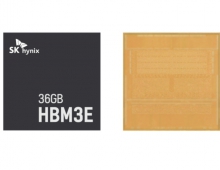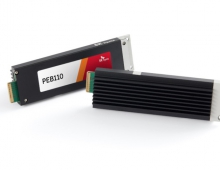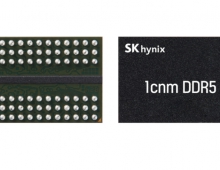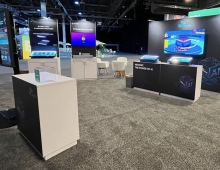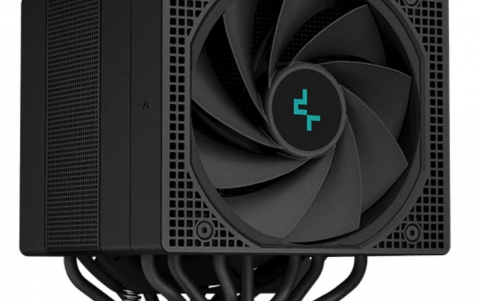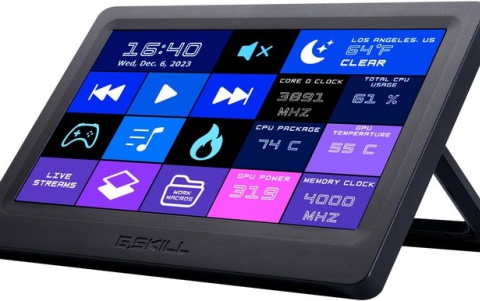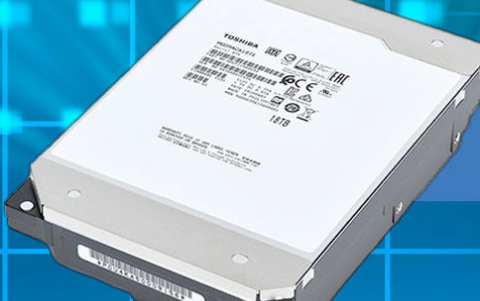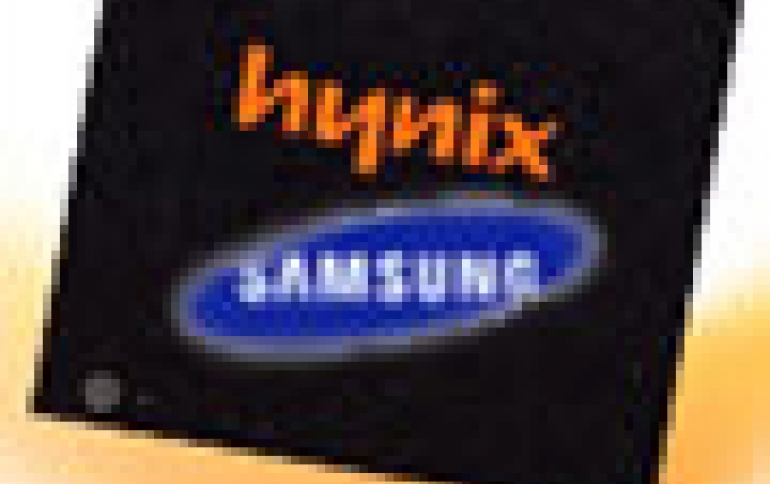
Samsung, Hynix Team Up On Next-generation Memory Chips
Samsung and Hynix, the world's two largest memory chip manufacturers will work together to develop next-generation semiconductors, according to S. Korean gonvernment.
Samsung Electronics and Hynix Semiconductor will jointly invest 9.46 million dollars as part of a broader state-backed research and development programme, the S. Korea's Ministry of Commerce, Industry and Energy said.
The joint investment will help South Korean firms fend off a challenge from Japanese rivals in the next-generation chip market, the ministry said in a statement.
Under a seven-year programme that began in 2004, 52.58 billion won will be spent in total to help South Korea design and make spin torque transfer magnetic random access memory (STT-MRAM) and other non-volatile memory devices.
The government is footing 28.45 billion won of the total and hopes to use the technologies developed to seize 40 percent of the non-volatile memory chip market by 2012.
The new chips promise greater potential for electronic devices because manufacturers can overcome the current capacity limits of flash memory units.
S. Korean's believe that the cooperation is crucial because Japan's Toshiba, NEC and Fujitsu have joined forces and agreed to spend three billion yen (28.3 million dollars) from 2006 to 2010 to develop STT-MRAM devices.
As South Korea was a late starter in the memory chip field, its firms have to pay hundreds of millions of dollars every year to companies like Intel and Toshiba that hold patents to DRAMs and NAND flash memory devices, government representatives said.
It was hoped the firms could develop their own technologies to avoid future royalties.
The joint investment will help South Korean firms fend off a challenge from Japanese rivals in the next-generation chip market, the ministry said in a statement.
Under a seven-year programme that began in 2004, 52.58 billion won will be spent in total to help South Korea design and make spin torque transfer magnetic random access memory (STT-MRAM) and other non-volatile memory devices.
The government is footing 28.45 billion won of the total and hopes to use the technologies developed to seize 40 percent of the non-volatile memory chip market by 2012.
The new chips promise greater potential for electronic devices because manufacturers can overcome the current capacity limits of flash memory units.
S. Korean's believe that the cooperation is crucial because Japan's Toshiba, NEC and Fujitsu have joined forces and agreed to spend three billion yen (28.3 million dollars) from 2006 to 2010 to develop STT-MRAM devices.
As South Korea was a late starter in the memory chip field, its firms have to pay hundreds of millions of dollars every year to companies like Intel and Toshiba that hold patents to DRAMs and NAND flash memory devices, government representatives said.
It was hoped the firms could develop their own technologies to avoid future royalties.

